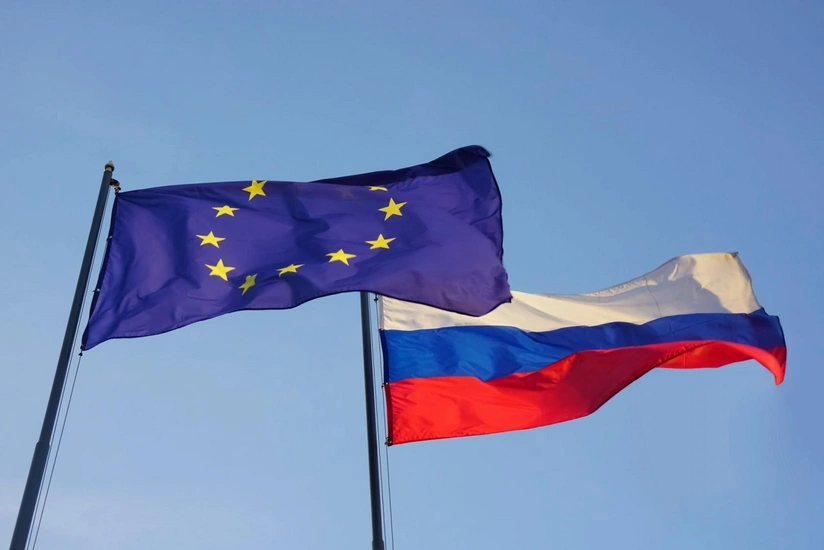EU considers $100 price cap for Russian diesel exports
- 26 January, 2023
- 15:45

The European Union is floating a plan to cap the price of premium Russian refined fuel exports like diesel at $100 a barrel, with a lower cap for discounted products, according to people familiar with the matter, Report informs via Bloomberg.
The EU’s executive arm is considering cap levels after the Group of Seven offered a price range based in part on the existing cap on Russian crude oil. The bloc is set to ban imports of refined Russian products starting Feb. 5. as part of an effort to sanction Russia for its invasion of Ukraine.
The EU and G-7 want to impose price caps on Russian exports to third countries, but the pricing is variable and volatile. The higher price of $100 per barrel would apply to products like diesel, which trade at a premium to crude. A cap of $45 per barrel would apply to discounted ones like fuel oil, the people said. The figures could still change during talks with member states.
The negotiations over the price levels are complicated by the EU’s effort to balance two competing goals: limiting Russian revenue and preventing price spikes or shortages in key products on the global market. The EU will have to agree unanimously on price cap levels, which the G-7 will then need to approve.
EU diplomats will start discussing the prices levels Friday and heated talks are expected to continue over the next several days, with a group of countries seeking to impose stricter limits on Russian revenues from oil exports and toughen broader EU sanctions on Moscow.
European officials have been worried in particular about shortages of diesel after the ban, and the price cap is aimed at making sure Russian exports can still be sold to other parts of the world.
“We would expect Russian crude runs to be largely unaffected by this,” said Alan Gelder, vice president for refining, chemicals and oil markets at Wood Mackenzie Ltd. “Flows will largely continue and it will reduce Russia’s revenue.”
To put the higher cap in context, headline diesel futures are currently trading at about $130 a barrel in northwest Europe, according to ICE Futures Europe data.
Russian supplies have, however, already been trading at a large discount to those from elsewhere, meaning that the impact on Russian sellers’ revenues may not be so large, data recently provided by S&P Global Commodity Insights show.
